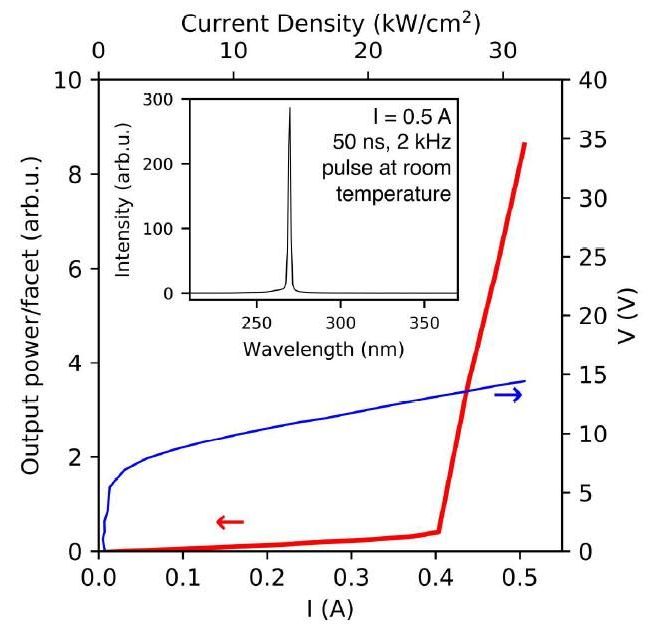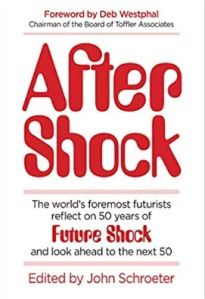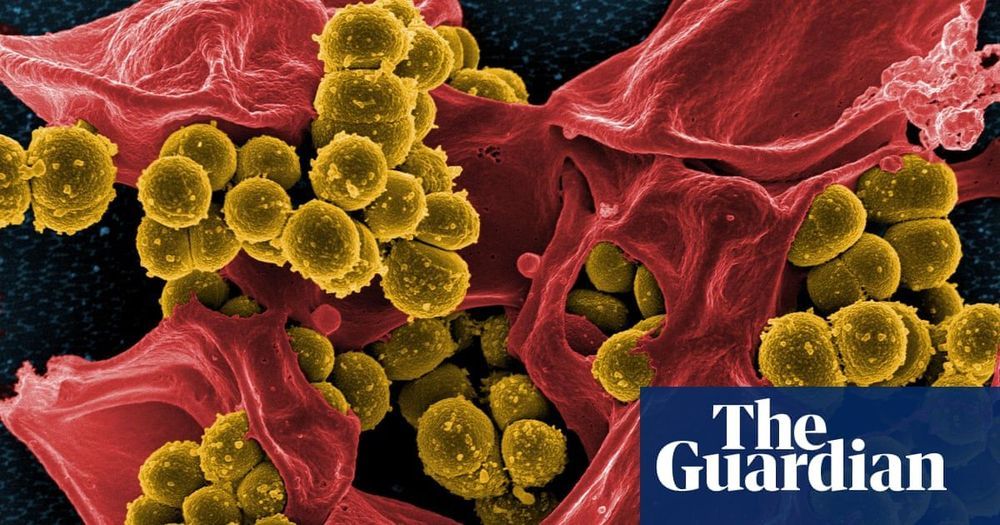SpaceX completed its last major test before flying astronauts to space on Sunday, in a critical high-speed mission that lasted mere minutes.
Launched on top of a Falcon 9 rocket from NASA’s Kennedy Space Center, the company conducted a test of its Crew Dragon capsule called in-flight abort.
“Overall, as far as I can tell thus far, this was a picture perfect mission,” SpaceX CEO Elon Musk said in a press conference after the test. “I’m super fired up; this is great.”








